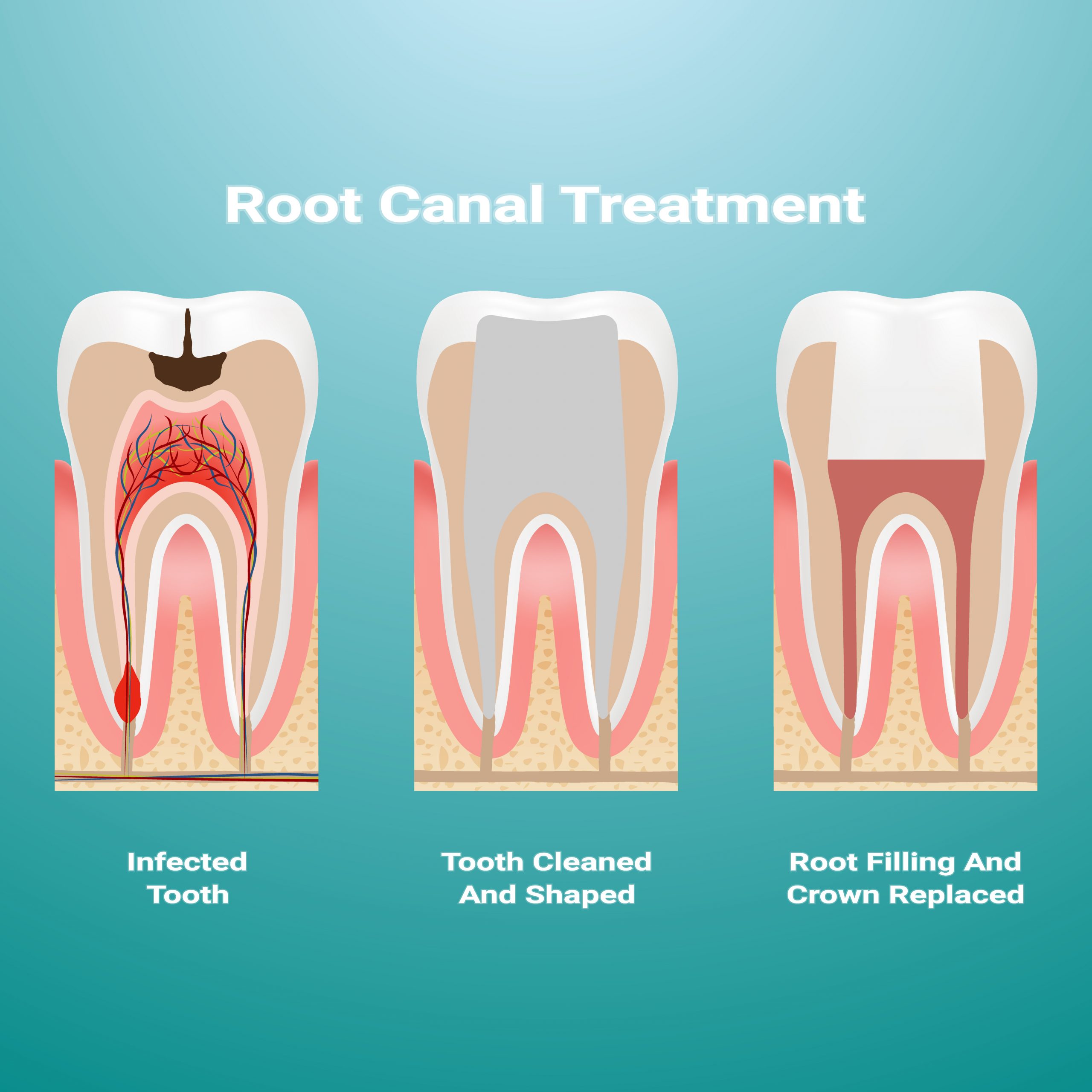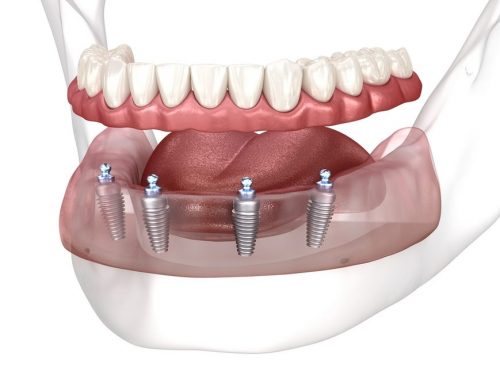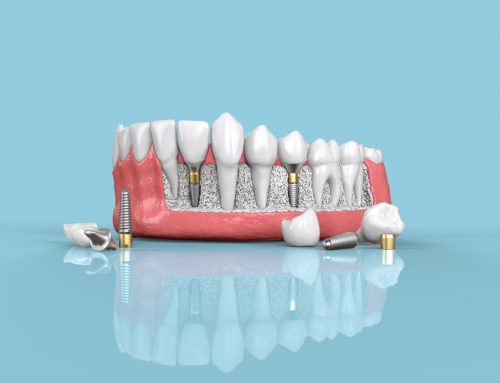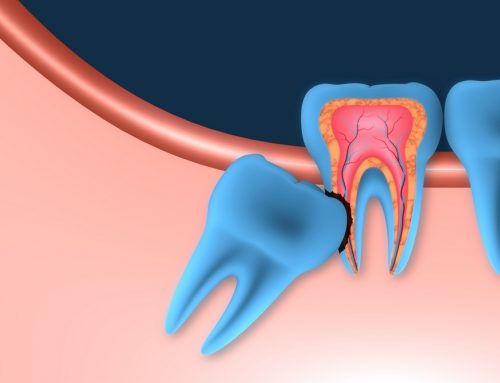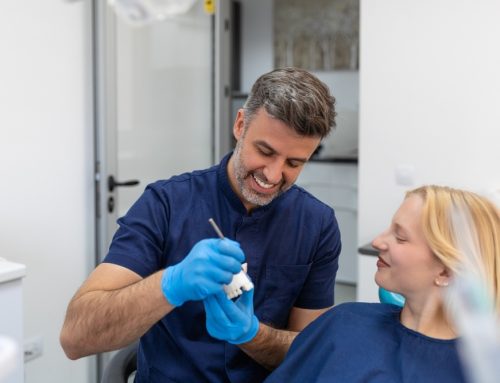Are you currently experiencing dental complications? If so, you may be going over a list of dental scenarios and wondering exactly what it is you’re undergoing. One of the common reasons for dental issues is a tooth infection, which, when it becomes severe enough, will require a root canal. In our latest blog, we go over the top 5 common symptoms where a root canal might be needed.
Tooth Anatomy & Dental Infections
The basic anatomy of a tooth includes three primary layers: the outer layer known as the enamel, the layer beneath, also known as the dentin, and the innermost part of the tooth called the dental pulp.
Damaged teeth, poor dental hygiene, high-sugar diets, or untreated dry mouth can cause severe dental infections. With dental infections, the first to be compromised is the pulp, which consists of the connective tissues, blood vessels, and connective tissues. In other words, the pulp is the living part of the tooth. If damaged or infected, you risk losing your tooth entirely.
A root canal is a dental procedure that clears decay from an infected or necrotic (dead) tooth, reviving it and bringing it back to life.
The Symptoms
Chipped or Cracked Tooth
As mentioned, a common scenario leading to root canals is a chipped or cracked tooth left untreated for a prolonged period of time. A chipped or cracked tooth exposes the tooth to harmful bacteria, ultimately leading to a dangerous infection. Whether it be from a sporting accident or a food-related accident getting the tooth in question fixed as soon as possible is the key to preventing a full-on infection.
Tooth Sensitivity
Do you find yourself clenching your jaw or putting your hand up to your face every time you eat or drink? If so, you may be experiencing a wave of tooth sensitivity. It can be anything from a hot slice of pizza to your favorite cold brew. Cold or hot, the pain is both unbearable and annoying. Having a sensitive tooth makes eating and drinking nearly impossible. While it may be caused by a few different reasons, it is a common symptom of a tooth infection.
Swollen Gums
Another common symptom of a tooth infection is swollen gums. The swelling may be a lingering one or one that comes on and off.
Redness around the area will accompany it, making the site of the infection all the more visible. While the pain and swelling may be reduced with over-counter-pain medication, it is essential to get it checked out as it’s only remedying the symptoms and not resolving the problem itself.
Tooth Discoloration
Do you notice any tooth discoloration? While staining is natural with use and time, a tooth turning gray/black is evidence of inadequate and inefficient blood circulation in the pulp. Prolonged restriction will ultimately lead to tooth loss. It is vital to get ahead to ensure the integrity of the tooth.
Persistent Toothache
Lastly, one of the most prominent signs that indicate the need for a root canal is a persistent toothache. At first, the pain may be located in a specific tooth and, over time, may cover a more significant portion of the mouth, including the surrounding tooth, gums, and, eventually, the entire jaw. Getting the tooth checked out by a dentist at the onset of the pain will prevent the even greater pain associated with a severe infection and the procedures that follow.
Root Canal Procedure
While a root canal is used to treat a severe dental issue, the treatment itself is not as complicated as it sounds. Once on the dentist’s chair, the patient is given local anesthesia. Once under, the doctor will begin clearing out the infection. After the tooth has been cleared, it is then disinfected and filled. Depending on the severity of the infection, the patient may be given antibiotics beforehand to jumpstart the process. Post-treatment, the dentist will provide the patient with over-the-counter pain medication to help treat the pain following. According to most, the pain is minimal and doesn’t last too long.
Ways to Reduce the Chance of a Root Canal
The best way and the only way to maintain a healthy smile, whether a single tooth or a whole set, is by practicing good dental hygiene. Good dental practices include:
- Brushing at least twice a day
- Regular flossing
- Regular dentist visits
- Maintaining a healthy diet
Best Dentist is San Diego
If you’ve found yourself at the end of this blog and need a trusted dentist in San Diego, Dental Arts San Diego is here for you. At Dental Arts San Diego, we offer the community quality dental work. We understand a root canal and visits to the dentist, in general, are stressful. And because of this, we strive to make your visit as pleasant and efficient as possible so you can get your smile back. Call (619) 444-1001, or click here to schedule an appointment. We are located at
707 Arnele Avenue, El Cajon, CA 92020.


